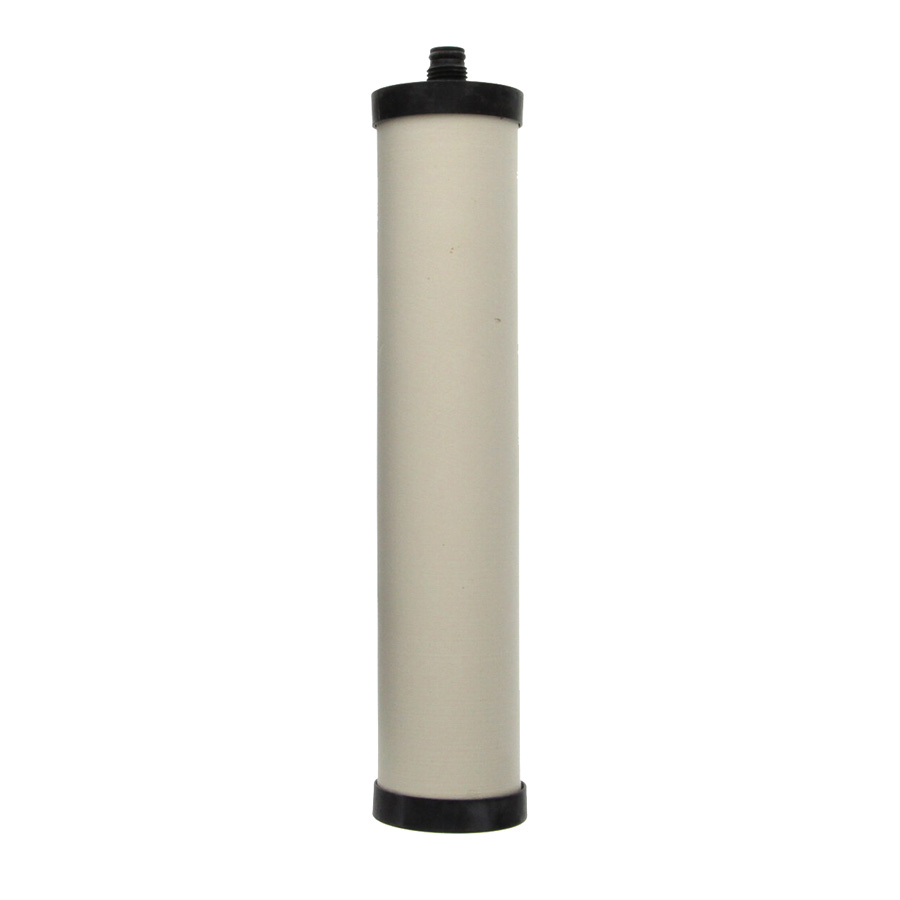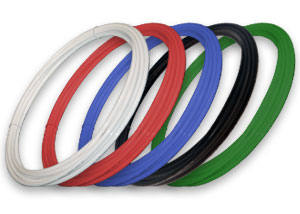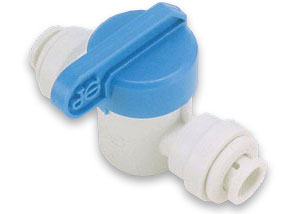- Contaminant Removal: Pathogenic bacteria, Cysts, Sediment
- Organic Chemicals: Pesticides, herbicides, organic solvents, trihalomethanes.
- Chemicals: Chlorine
- Metals: Lead
Doulton Ceramic Filter Elements have been trusted by relief organizations around the globe for over 150 years. These filters were developed in 1850 to remove disease causing bacteria from London’s Thames River.
These cleanable filter elements are designed to remove suspended solids, pathogenic bacteria, and chemical contaminants. In addition they will improve taste and reduce trace contaminants. These filter elements have been tested in accordance with NSF protocols for cyst, turbidity, particulates, and chlorine reduction (Class 1).
The cartridges are based on a Sterasyl ceramic pre-filter shell. The ceramic contains a specially formulated self-sterilizing silver compound therefore, the SuperCarb element does not require sterilization after cleaning. Inside the ceramic shell is a carbon block post-filter which forms a tightly packed matrix and is effective for chlorine, taste and odor removal.
The candle has one threaded end and one rounded end. It fits only in housings with female threads inside the top cap.
| Maximum working pressure | 125 psi (8.6 bars) |
|---|---|
| Maximum working temperature | 100 °F (37.8 °C) |
| Minimum working temperature | 40 °F (4.4 °C) |
| Recommended cleaning frequency | every 6 months or when flow rate is noticeably lower |
| Recommended change frequency | every 12 months |
| Contaminant Removal | The great majority of pathogenic (disease causing) bacteria and cysts are larger than one µ. The pore size of the ceramic filter element is controlled so that it will remove all suspended matter larger than 0.9 µ. |
| Pathogenic Bacteria | Chorela, Typhoid, Salmonella, Serratia, E. Coli, Fecal Coliform: >99.99% removal |
| Cysts | Cryptosporidium parvum and Giardia lamblia: 100% removal (based on tests by Arizona State University) |
| Sediment | Down to 0.9 µ, 100%; 0.5-0.8 µ with a filter efficiency of >99.99% (based on tests by Spectrum Laboratories, Minneapolis, MN) |



















